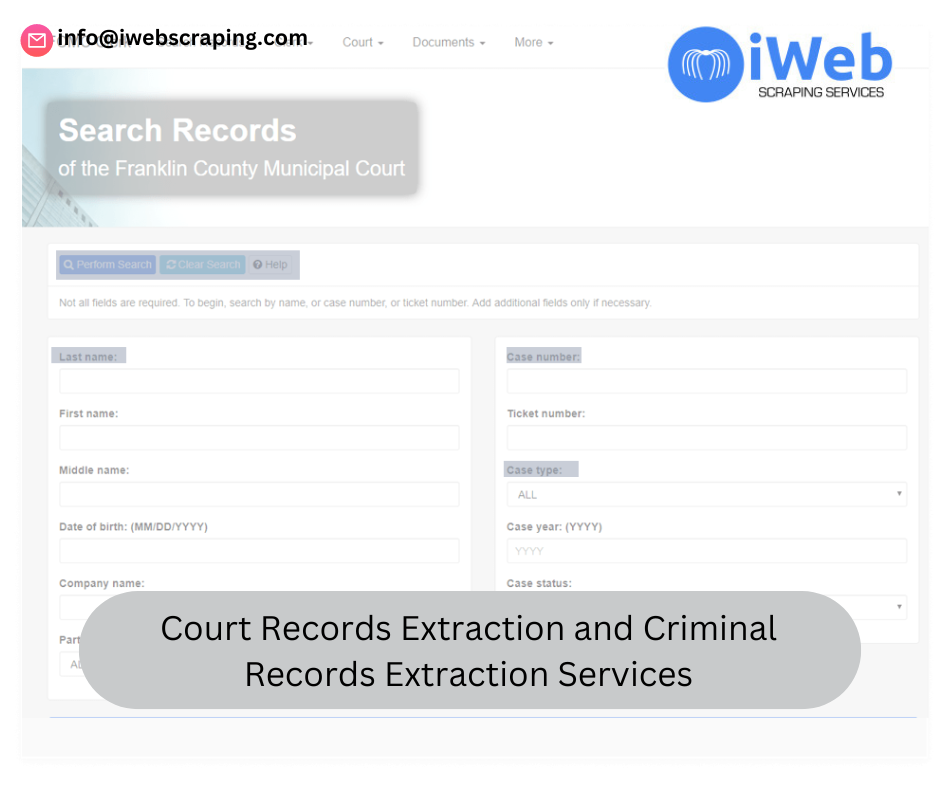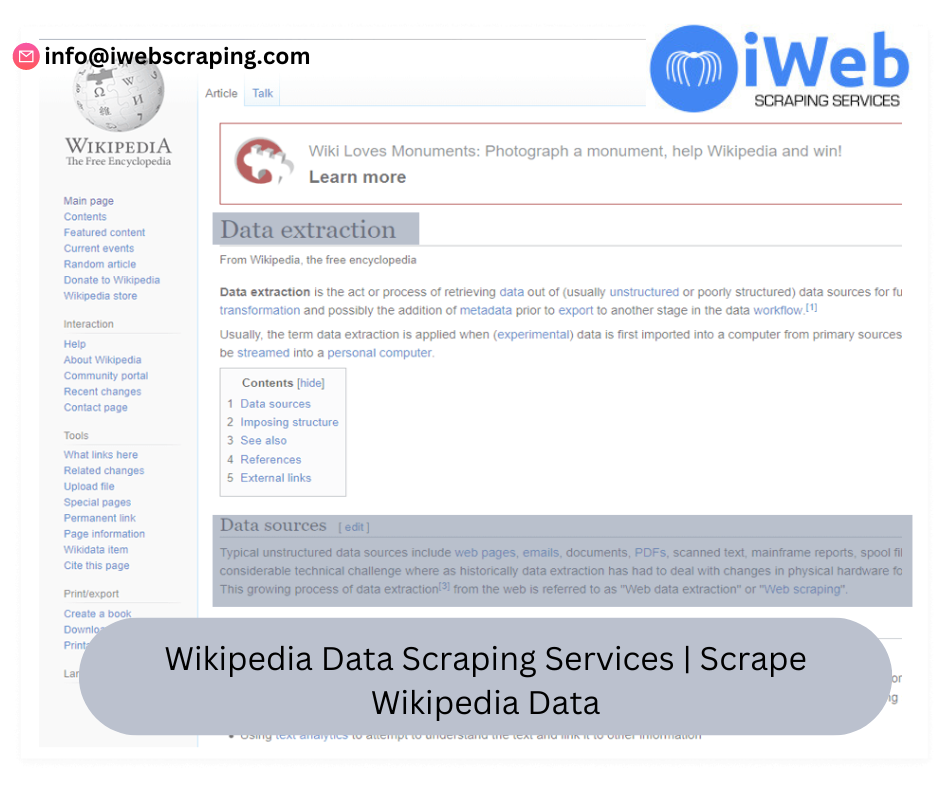.png)
The digital age has transformed how we access services, including food delivery. DoorDash, a leading food delivery service, has not only revolutionized the way we order food but also offers a suite of APIs and tools for developers and businesses to harness its vast data. In this blog, we will explore the DoorDash API, DoorDash Scraper, and DoorDash Reviews API, highlighting their functionalities, use cases, and potential benefits.
DoorDash API
Overview
The DoorDash API provides a robust platform for developers to integrate DoorDash's delivery services into their applications. Whether you are running a restaurant, a logistics company, or a startup looking to offer delivery solutions, the DoorDash API can be a game-changer.
Key Features
Order Management: The API allows seamless integration of order placement, tracking, and management. Restaurants and businesses can manage their DoorDash orders directly from their existing systems.
Delivery Tracking: Real-time tracking of deliveries helps businesses keep their customers informed about the status of their orders.
Menu Management: Businesses can manage their menus, including item descriptions, prices, and availability, directly through the API.
Use Cases
Restaurants: Integrate DoorDash delivery into their own apps or websites, providing a seamless customer experience.
E-commerce Platforms: Offer on-demand delivery for non-food items, leveraging DoorDash's logistics network.
Logistics Companies: Enhance their service offerings with real-time delivery tracking and management.
DoorDash Scraper
Overview
A DoorDash scraper is a tool designed to extract data from the DoorDash platform. While scraping can be a contentious issue, with ethical and legal considerations, it remains a powerful method for obtaining data for analysis, market research, and competitive intelligence.
Key Features
Data Extraction: Scrapers can collect data on restaurant listings, menus, prices, customer reviews, and delivery times.
Automation: Automated scrapers can continuously gather data, ensuring that the information is up-to-date.
Customization: Users can tailor scrapers to collect specific data points based on their needs.
Use Cases
Market Research: Businesses can analyze competitor offerings, pricing strategies, and customer reviews to inform their own strategies.
Data Analysis: Researchers and analysts can use the data to identify trends, customer preferences, and market opportunities.
Inventory Management: Restaurants can track menu items' popularity and adjust their inventory and offerings accordingly.
Ethical Considerations
While scraping can provide valuable data, it is crucial to adhere to ethical guidelines:
Respect Terms of Service: Always check DoorDash's terms of service to ensure compliance.
Data Privacy: Avoid scraping personal data to respect user privacy and comply with data protection laws.
Rate Limiting: Implement rate limiting to avoid overwhelming the DoorDash servers and potentially causing service disruptions.
DoorDash Reviews API
Overview
Customer reviews are a goldmine of information, offering insights into customer satisfaction, preferences, and areas for improvement. The DoorDash Reviews API allows businesses to access and analyze customer reviews directly.
Key Features
Review Retrieval: Access reviews based on various criteria such as date, rating, and keywords.
Sentiment Analysis: Analyze the sentiment of reviews to gauge customer satisfaction and identify common pain points.
Actionable Insights: Use the data to make informed decisions on menu changes, service improvements, and marketing strategies.
Use Cases
Quality Improvement: Identify recurring issues in customer feedback and address them to improve service quality.
Customer Engagement: Respond to reviews directly through the API, showing customers that their feedback is valued.
Competitive Analysis: Compare reviews of your business with those of competitors to identify strengths and weaknesses.


















.png)
.jpg)
Write a comment ...